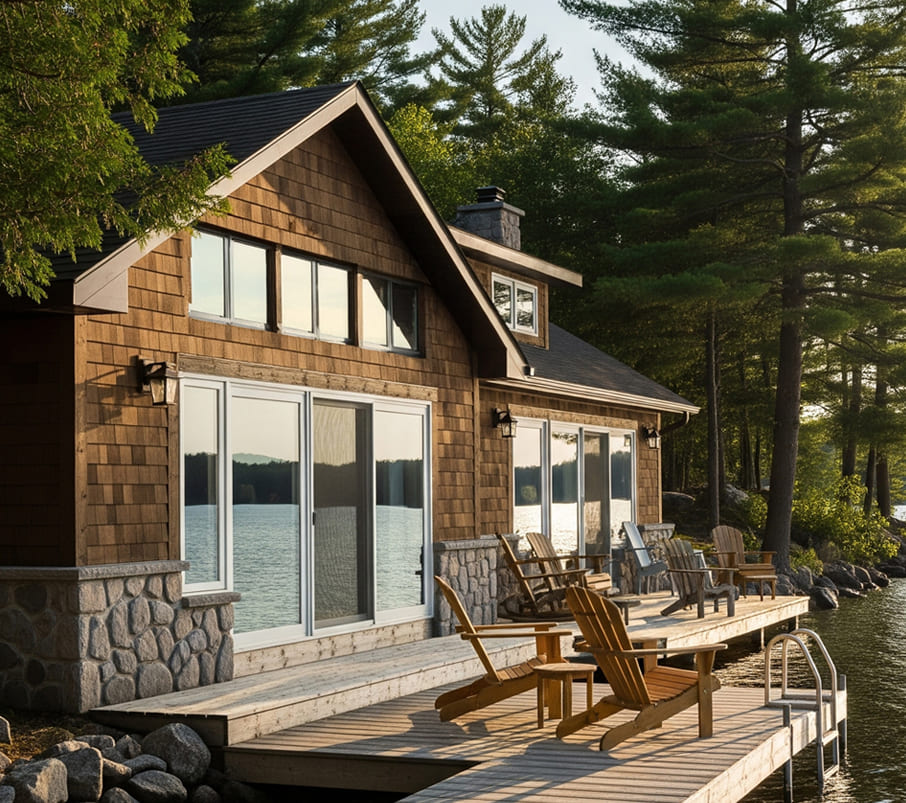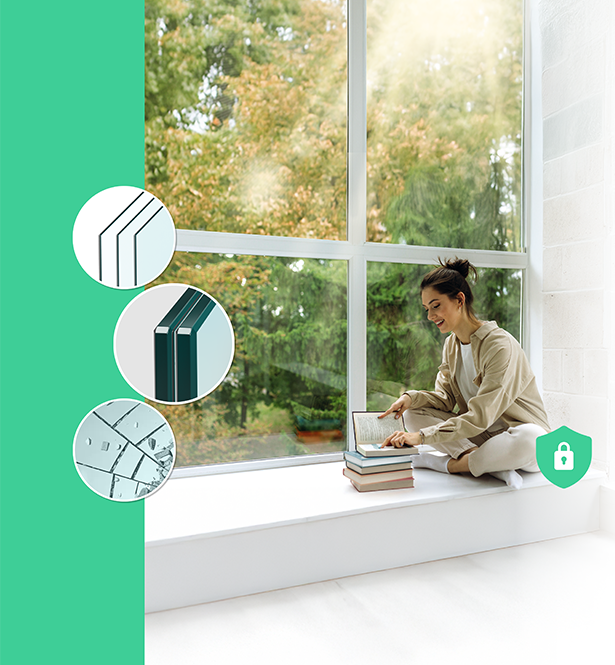Vinyl windows protect us from harmful elements of nature. When evaluating energy efficient windows, we have to examine what is known as the u-factor.
What Does U-factor for Windows Mean?
When measuring the energy efficiency of a window, you will want to know the level of insulation it provides you with. This is done by measuring the U-factor which ascertains how much heat is transferred through a window. The lower the U-factor, the better the resistance to heat flow in and out of the window. This means you get a better quality window. The values for U-factor range between 0.25 and 1.25. The optimal measure for your vinyl window will depend on your location.
How to determine U-factor for Windows?
A U-factor rating generally refers to the entire window assembly including the glazing, the frame as well as the spacer. The spacer is a part of the window that separates the glazing panels and this often results in the U-factor level dropping a bit.
High performing double window pane set-ups will have a U-factor of 0.30 or lower. In fact, triple-pane windows go down to as low as 0.15, which speaks a lot for their energy efficiency. Some window manufacturers have begun to add coatings that emit lower as well as use gas in spaces to decrease the U-factor level.
A few people also take into consideration the center of glass factor — this refers to the rating of the glazing on the glass alone. Though not common, it is sometimes asked for as well.
Energy Efficient Windows for Various Climates?
Knowing the U-factor of your vinyl windows is beneficial whether you are in a cool climate or a hot one. Insulation is necessary for a home to keep it at ideal temperatures. Take a look at some of the major climates and the necessary U-factors to deal with it.
Cold Climates
These are climates that require heat to be retained in a home. In such cases, a U-factor of 0.30 or less is ideal for windows. If you have skylights in your home, then 0.55 would be the ideal level to look at. If you do not depend extensively on air-conditioning, you will want your windows to retain some of the heat of the sun during the day. In such cases, 0.32 U-factor is good.
Mixed Climates
These are areas where you will need heating and cooling in equal measure. For such homes, a U-factor of 0.32 or less is best for windows. Skylights should not exceed 0.55. To help determine what U-factor you are looking at for your home, examine your heating bills. The higher the bill, the more necessary it is to have a window with a lower U-factor. This helps increase energy efficiency as well.
Hot climates
Hotter regions are where you need a higher cooling factor. In such cases, you should look at a U-factor of 0.60 for windows. Skylights may be at 0.70. Such U-factors are also useful in colder times when you will increase the heating in your home, and this keeps the heat in.




